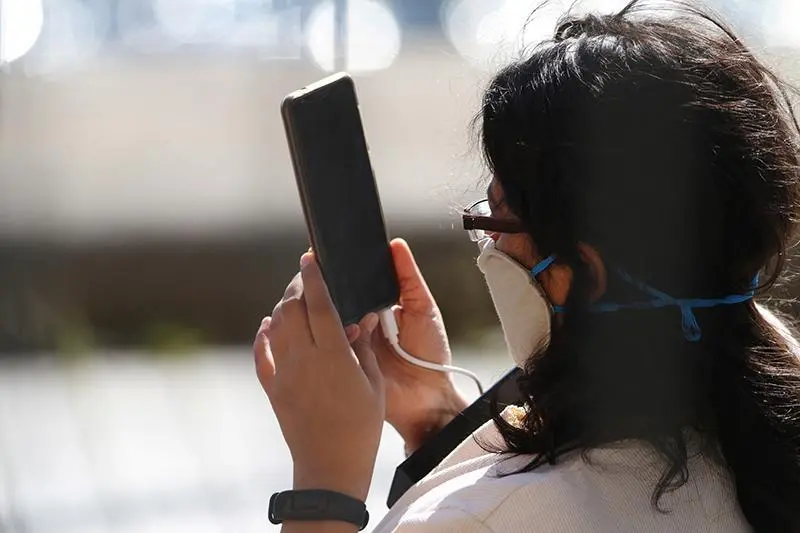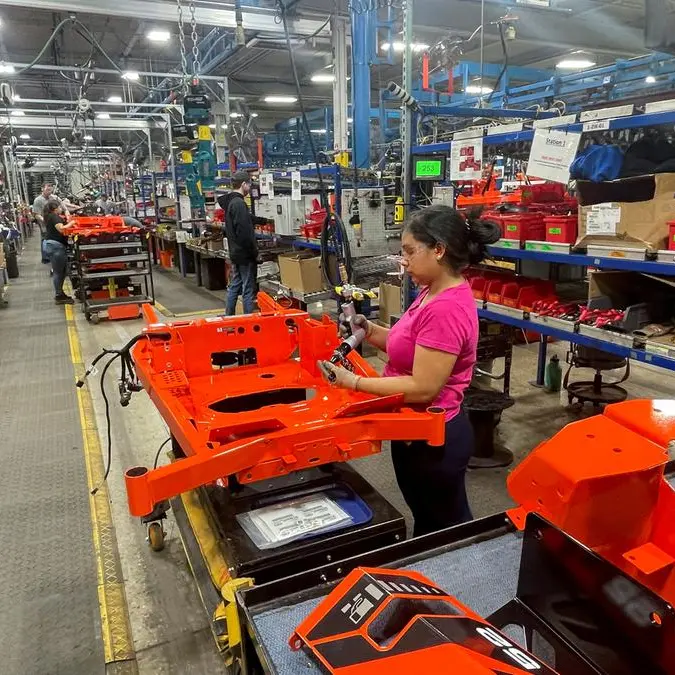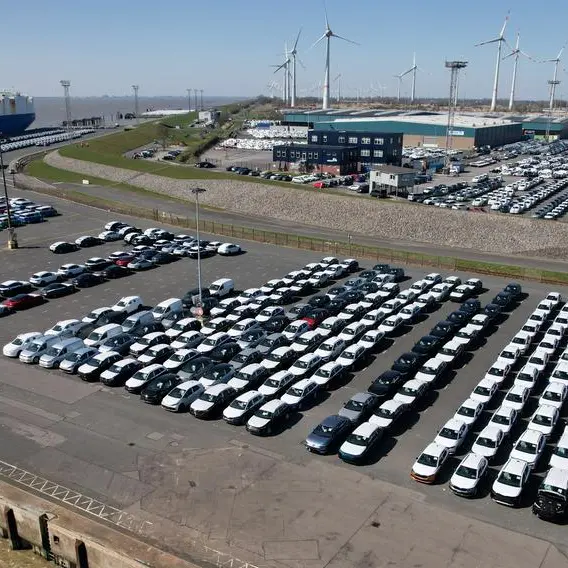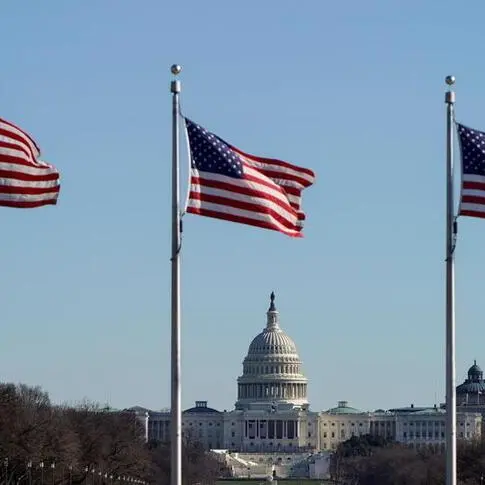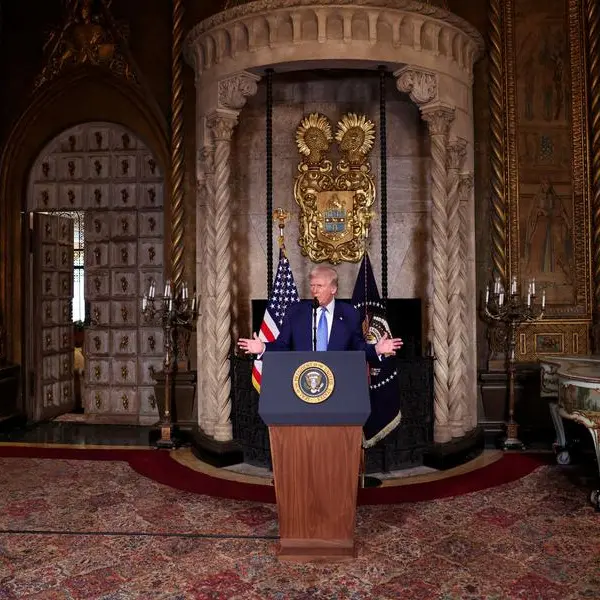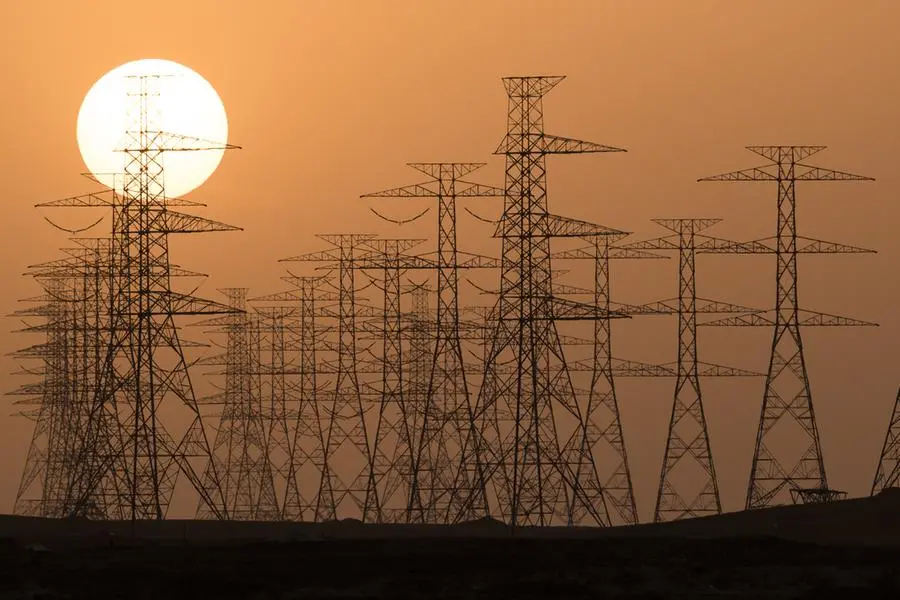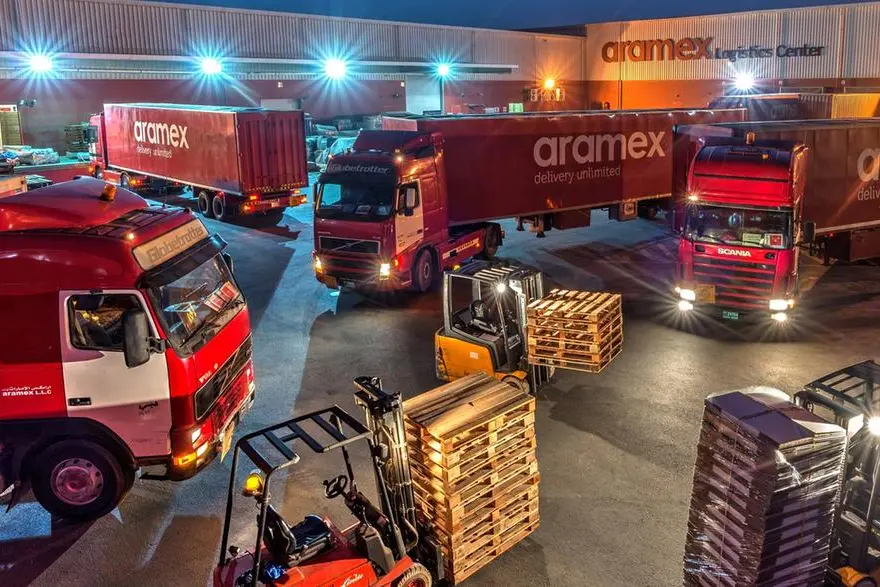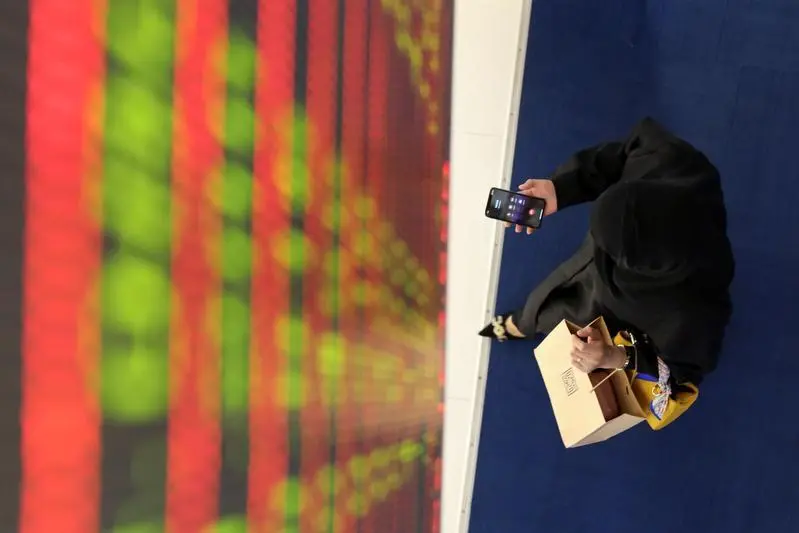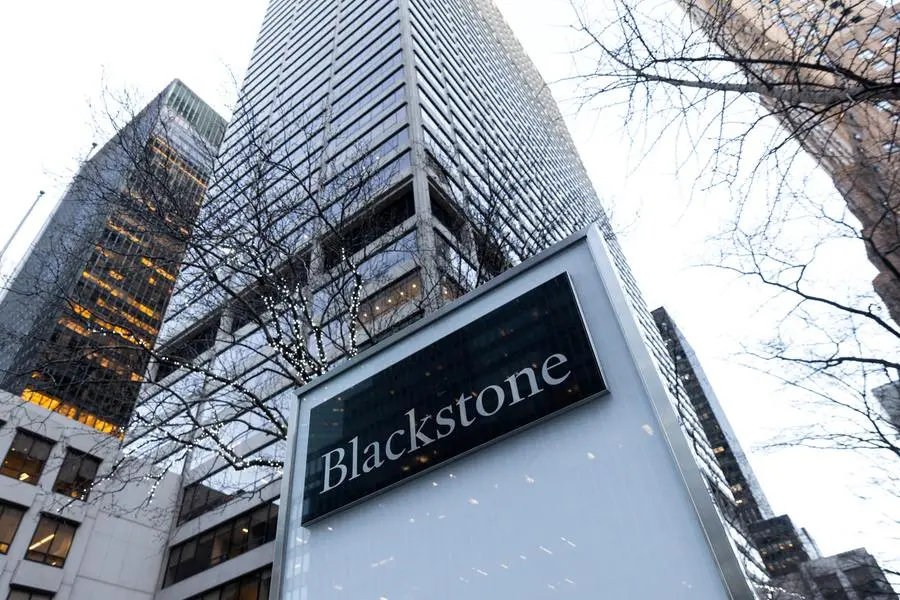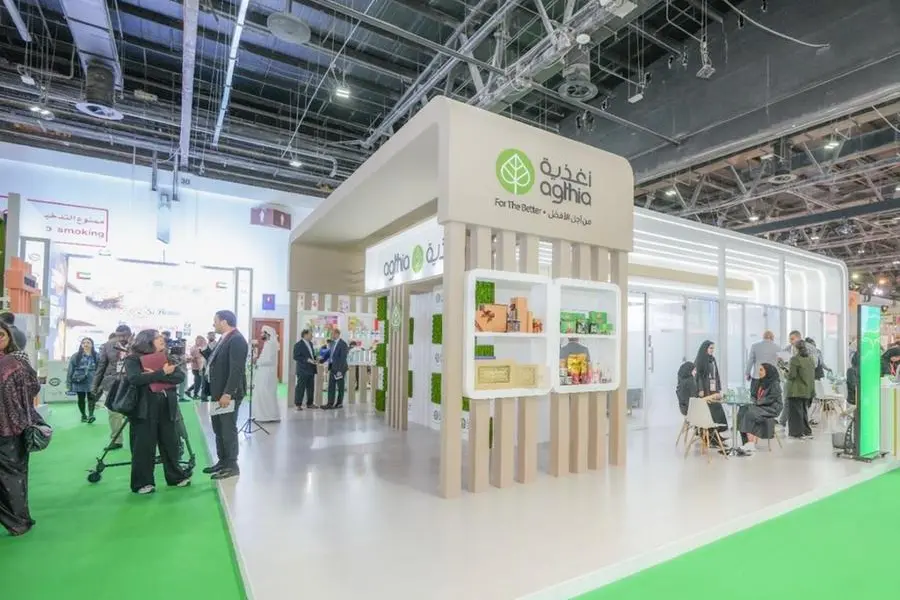PHOTO
A woman wearing a protective face mask holds a mobile phone while the spread of the coronavirus disease (COVID-19) continues, London, Britain, April 19, 2020. Image used for illustrative purpose.
WASHINGTON - Since Susan Teaford began searching out cheap food – chasing discounts as end-dates near - the U.S. retiree has slashed her grocery bills and made a virtue out of bargain hunting.
Now when Teaford needs groceries, she simply checks the Flashfood app, which lists all manner of goods nearing their expiration date at her local store in the Washington, D.C., suburb of Arlington.
Greens, fruit, bread, smoked fish, cuts of meat and more - all on sale at half to two-thirds the usual price in chains such as Giant and Meijer, as the clock ticks down on their shelf life.
The result: lower bills for Teaford even as prices spiraled higher post-pandemic - plus a deep sense of satisfaction.
"I hate food waste and love a good bargain," Teaford, 66, told the Thomson Reuters Foundation, as she baked a rack of ribs snagged at half price through the Flashfood app.
Teaford said she has saved around $450 on her grocery bills this year – savings that have prompted several of her neighbors to sign up, too.
"It just makes sense," she said. "We're just used to economizing."
Food waste apps not only save people money - they can also play a role in reducing climate changing emissions. Farming, food processing and delivery all consume fossil fuels, while rising food production is a major driver of deforestation.
The world produces enough food for everyone but about a third of it is lost or wasted along the supply chain, according to the United Nations, which says the average person wastes 74 kg of food each year.
RISING PRICES
Food waste apps have been around for years, but close observers say the economic chaos of late - from COVID-19 to war in Ukraine - has raised their profile and boosted takeup.
Flashfood, now in nearly 1,500 stores across North America, has been downloaded about 2.5 million times and says its user base has jumped more than 40% in the past year alone as the cost-of-living crisis has squeezed people's budgets.
Inflation rose at its fastest rate since the 1970s in the United States this year to hit 8%, while Russia's war in Ukraine and supply chain problems have driven up food and energy prices.
About 10% of U.S. households - or 13.5 million homes - are food insecure, according to government data.
The food bank network Feeding America says hunger has worsened with the pandemic due to job losses and poverty, particularly among families with children and communities of color.
"The frequency that people are looking at the app has increased as the price of groceries has increased," said chief executive Josh Domingues, who founded Flashfood in 2016.
Since then, the company says it has diverted more than 50 million pounds (22.7 million kg) of food from landfills and saved shoppers more than $130 million.
"We're seeing incredible adoption of the Flashfood program," said Sepideh Burkett, a vice president of store experience with the Meijer grocery chain, which has 240 stores.
Meijer was able to cut in-store food waste with Flashfood by 10% in early testing, she said, as the grocery chain works towards a 50% reduction by the end of the decade.
TECH SOLUTIONS
The pandemic fueled interest in food waste and how best to combat it, said Dana Gunders, executive director of ReFED, a nonprofit which advocates for systemic change and hopes to halve U.S. food waste and loss by 2030.
"In the last few years, we have not only seen an explosion in innovation around food-waste-reduction solutions, but we've seen some of them succeed," she said.
This has created a "flywheel effect", with investments of $500 million in 2019 blooming to $2 billion last year, she said.
Waste remains a challenge as it is so unpredictable and varied, Gunders said, ranging across unharvested fields, home leftovers, windfall fruit or soggy catered canapes.
But "technology has come in with a new ability to broadcast information in real time to a whole bunch of people and make (some of) this food available," Gunders said.
An app called Too Good to Go, for instance, seeks to address the sheer range of potential waste by letting users put in a $5 "order" with a restaurant, bakery or other local outlet, which buys them a surprise bag of whatever must go by closing time.
"Retailers didn't really have a solution" to food waste, said Lucie Basch, co-founder of the Copenhagen-based app which was launched in 2016.
Big charities do a lot but cannot visit every urban bakery near closing time, she said, meaning much gets binned.
Typically, users get food worth three times what they pay.
"As COVID came and inflation became a huge thing, to pay for just a third is great," she said. "It's a way to align your economic and ecological interests."
The approach has proved a huge draw: Too Good to Go boasts nearly 70 million users in 17 countries, every day saving some 300,000 meals.
Apps have helped the hungry, too, as the pandemic raised awareness among Americans about deprivation close to home, said Melissa Spiesman, chief operating officer for Food Rescue US.
The nonprofit runs an app that connects farms, restaurants and others with thousands of volunteers in 21 states who pick up excess food and deliver it to soup kitchens, shelters and hunger relief organizations.
"In the beginning of COVID-19, businesses began to close down or reduce their hours, and we got phone calls from everybody," she said. "We were inundated with tons of food."
Later, as supply chains became snarled, farms called too, as they ran short of workers or orders dried up.
"There was something that woke up in a lot of people," she said. "More people are aware that there are services to help them, and more communities want to do good."
(Editing by Lyndsay Griffiths and Katy Migiro)
